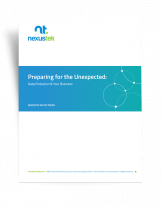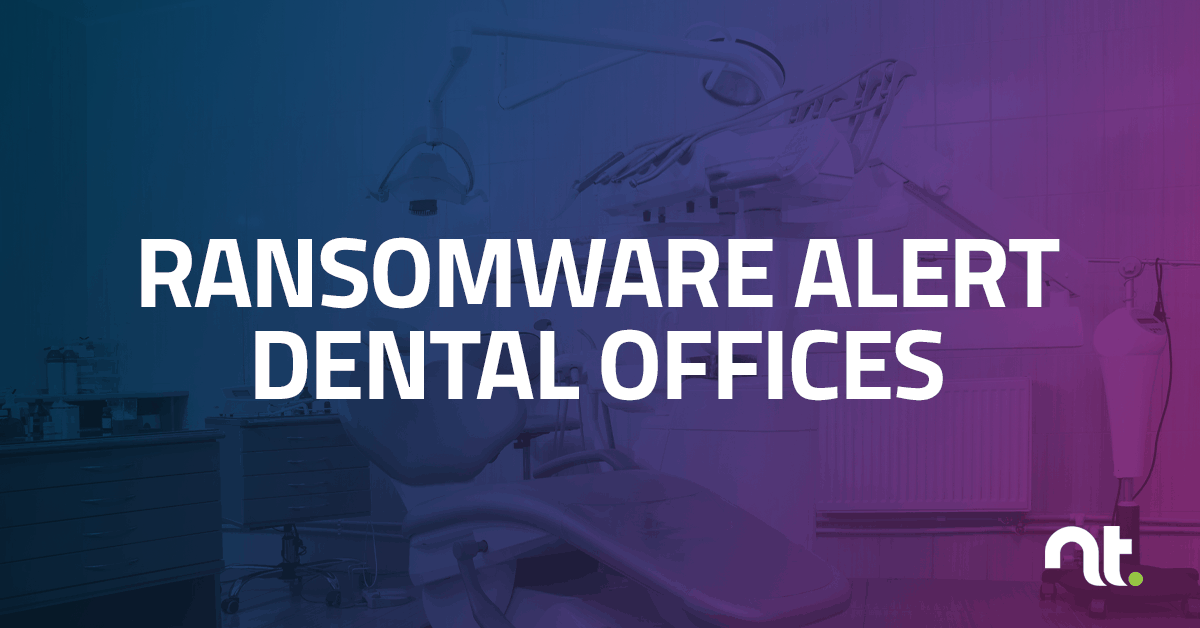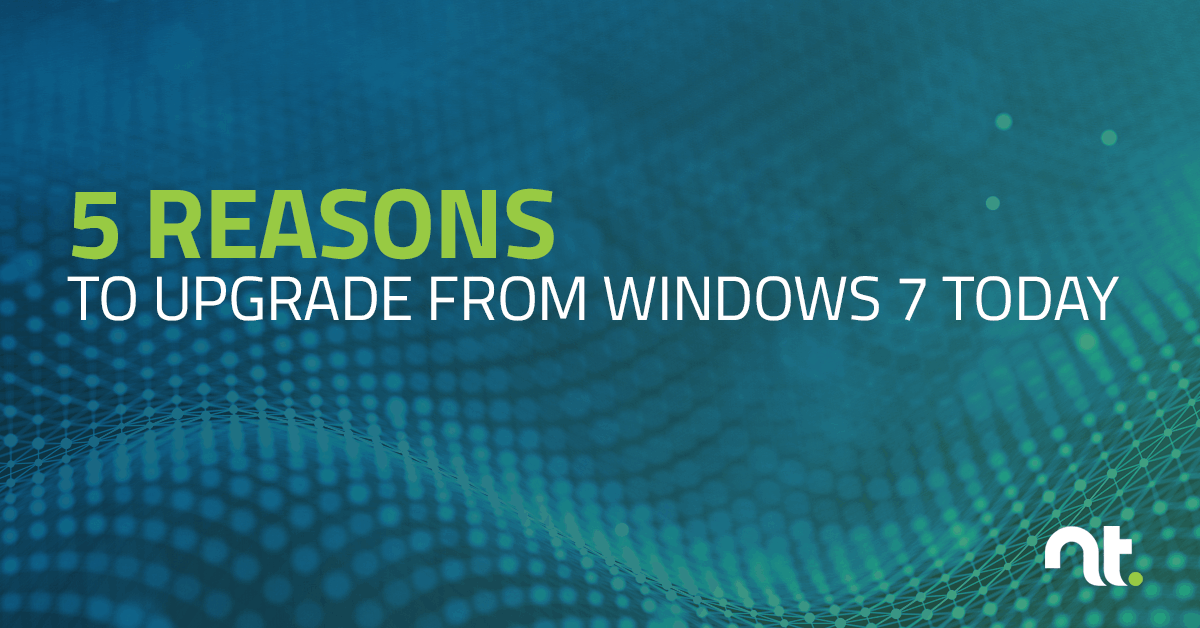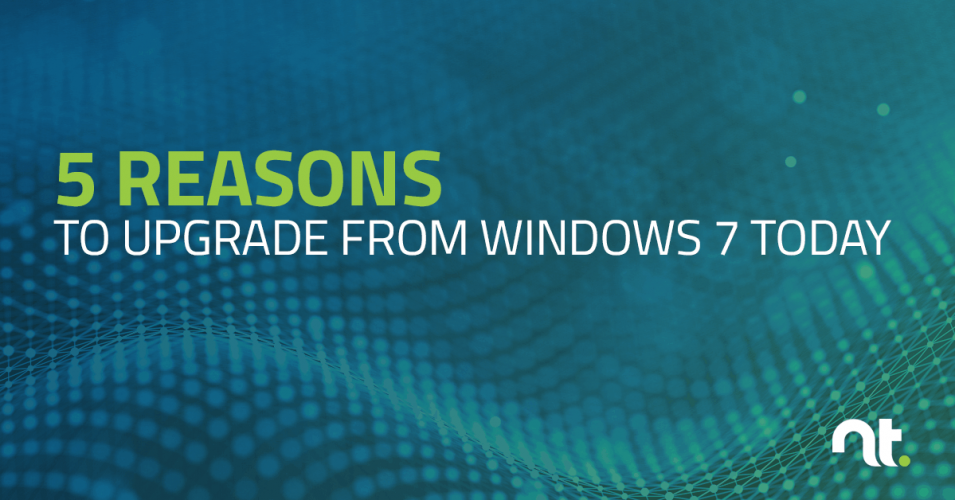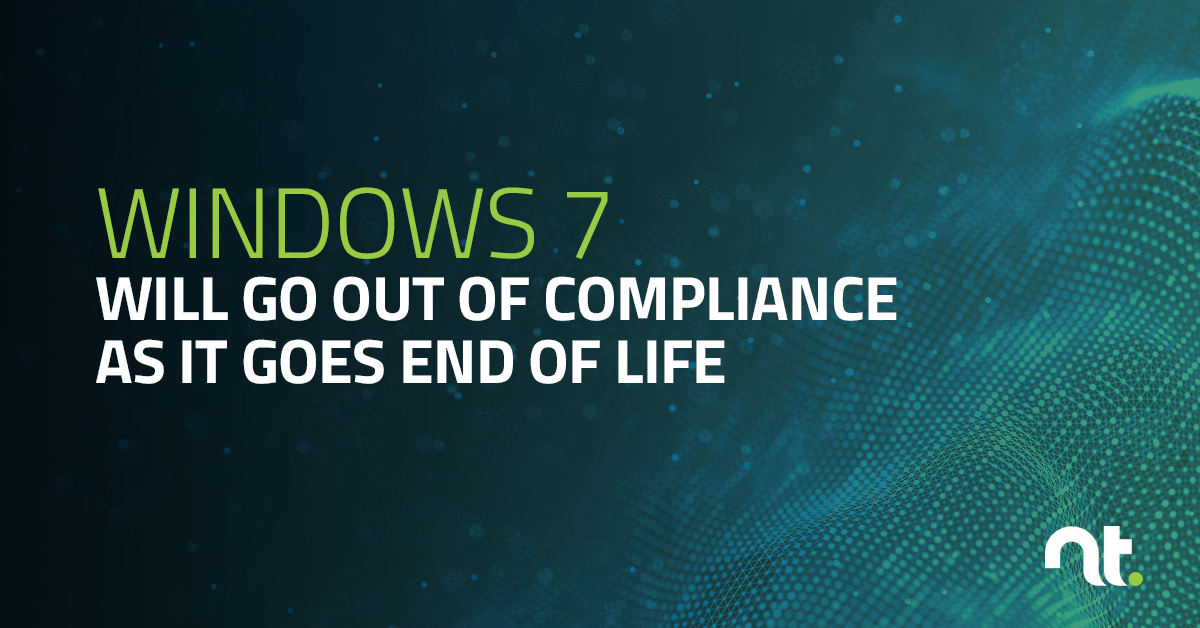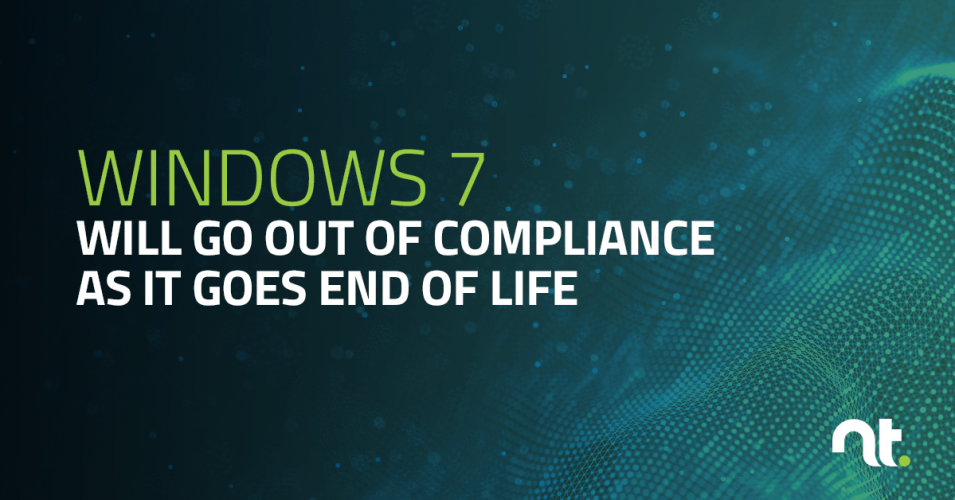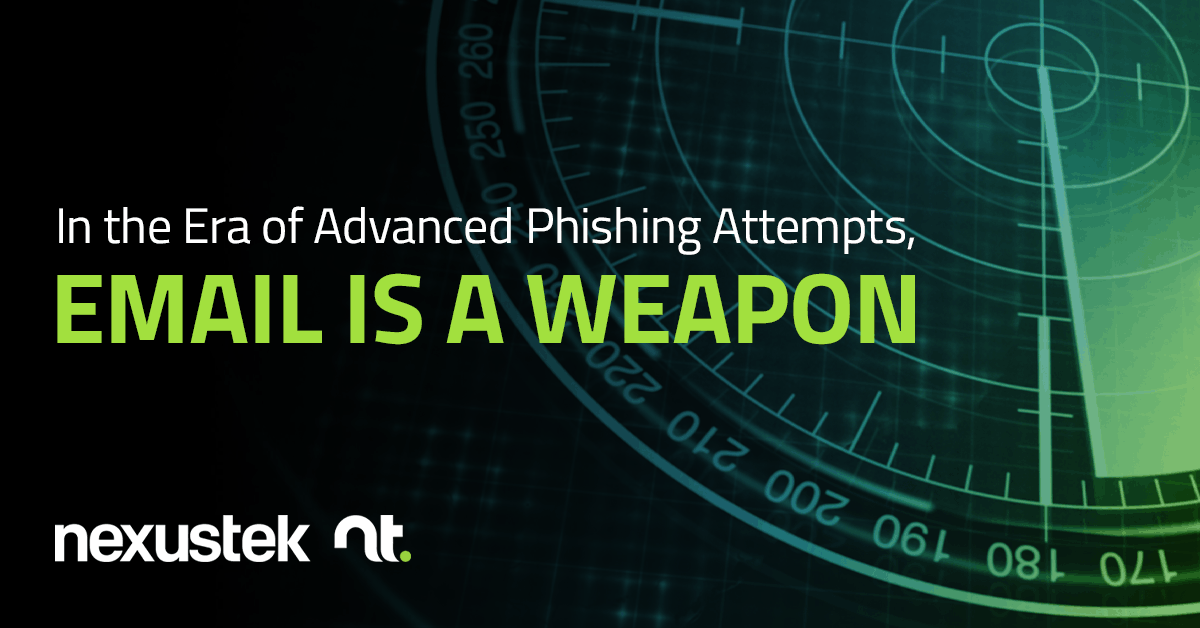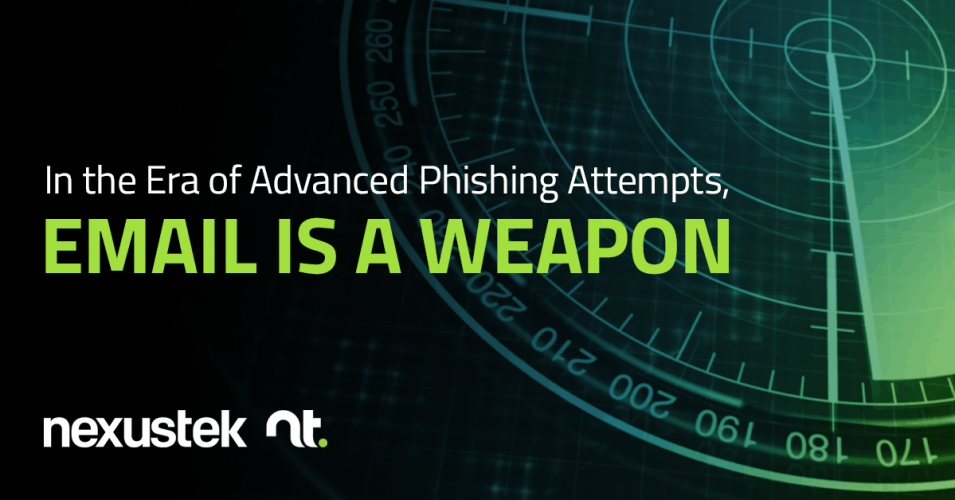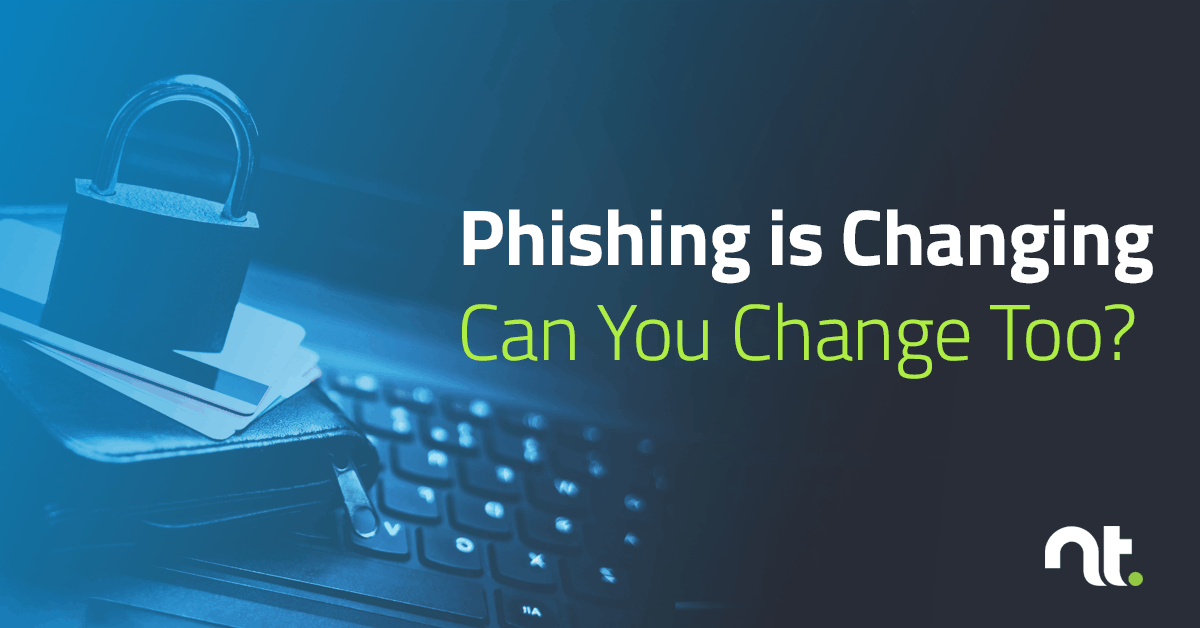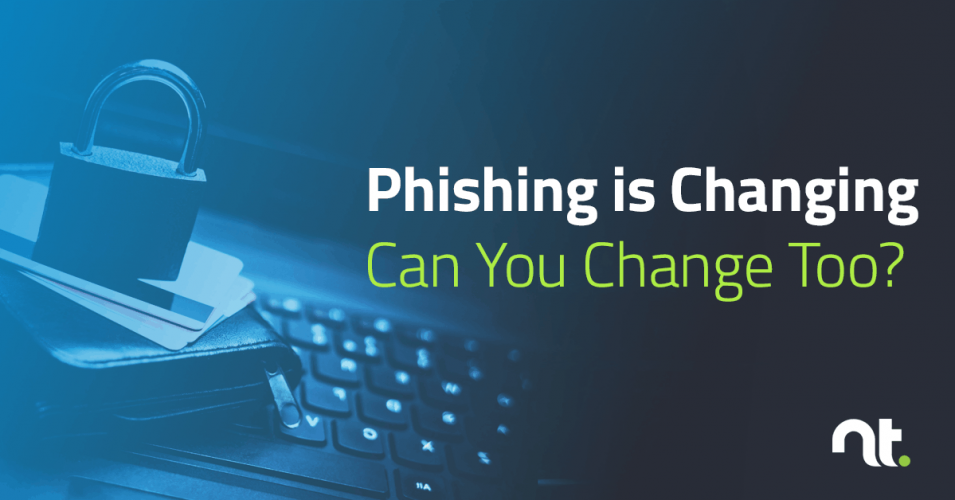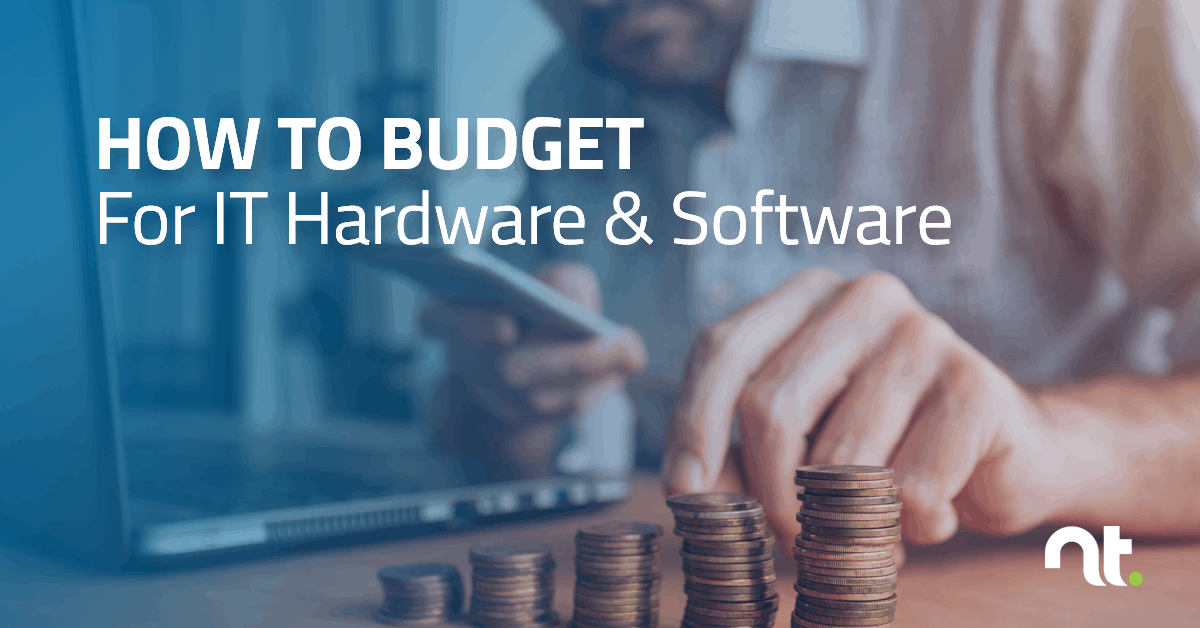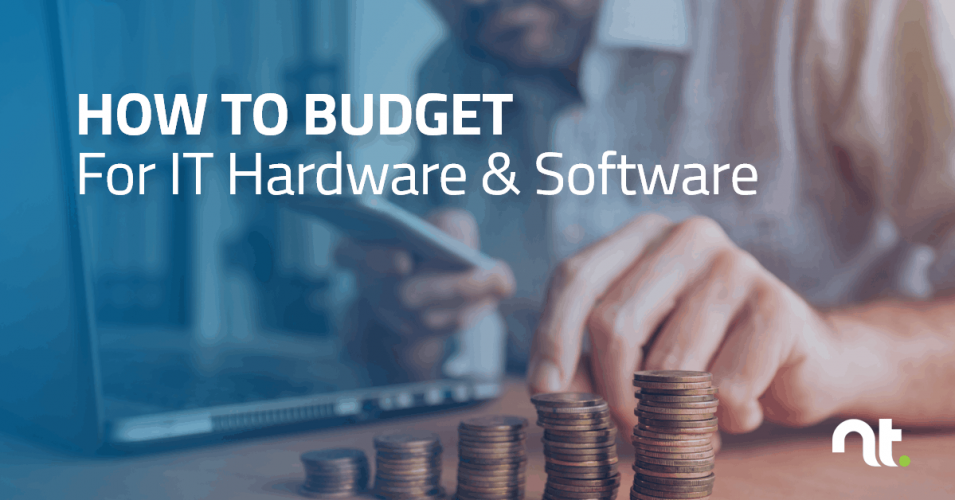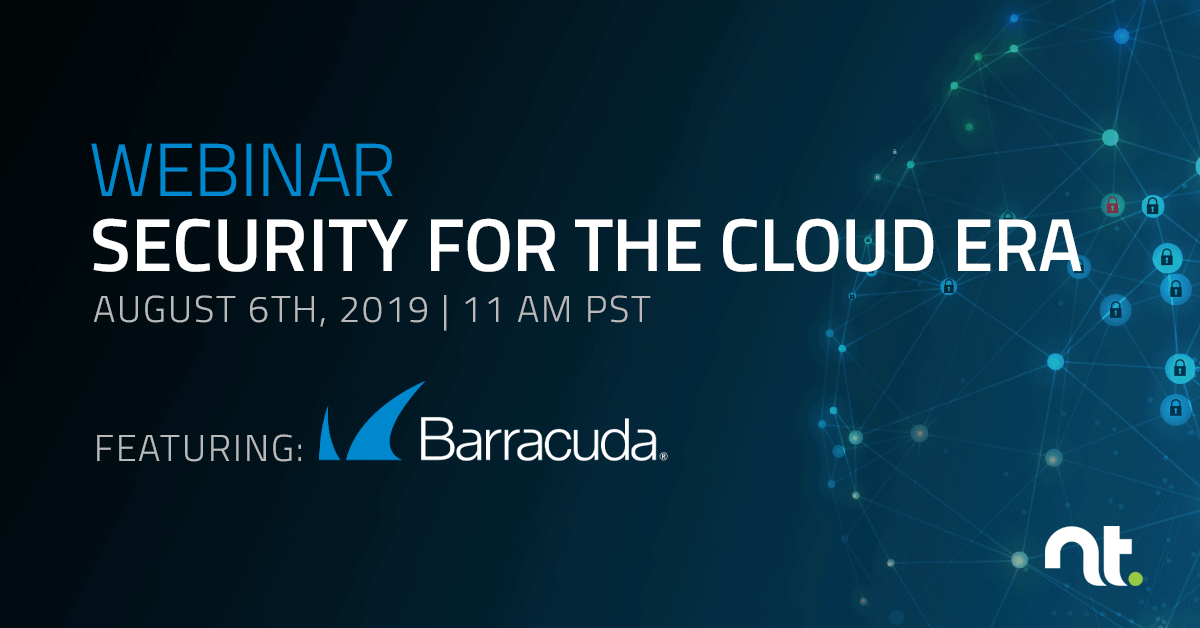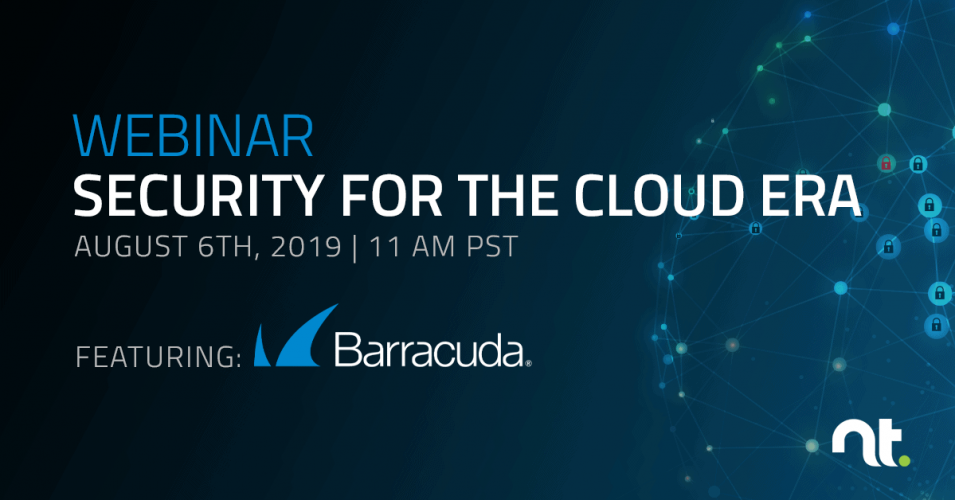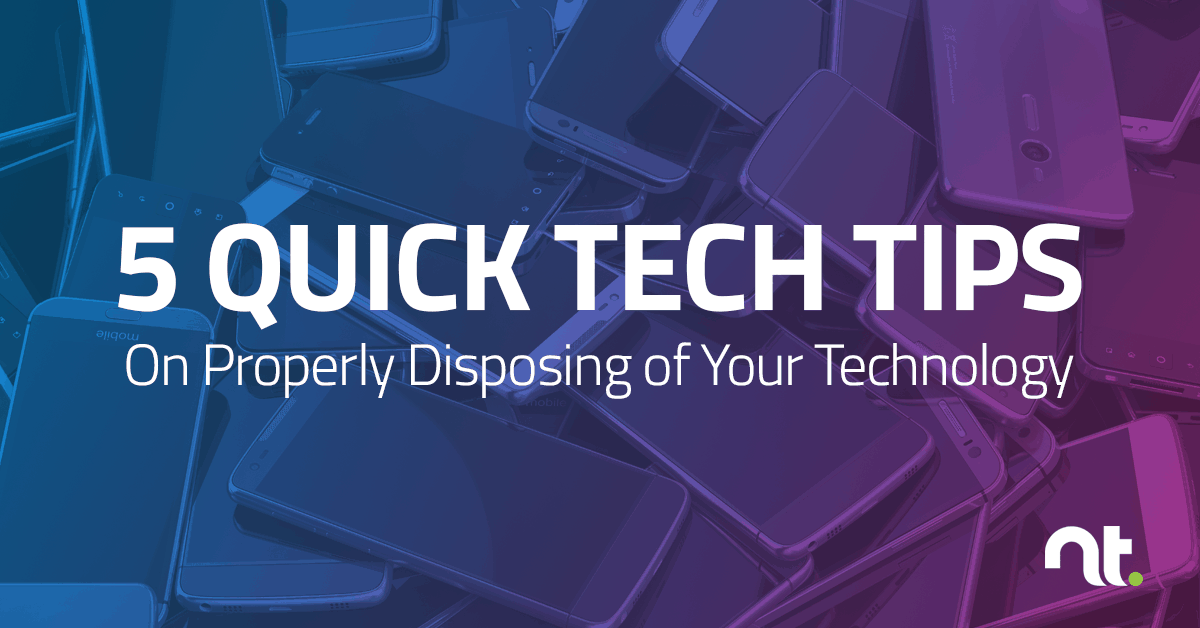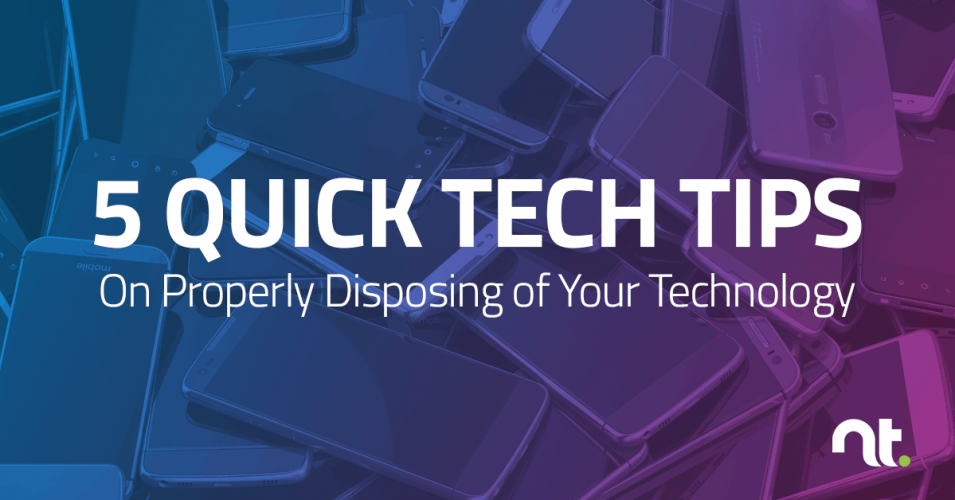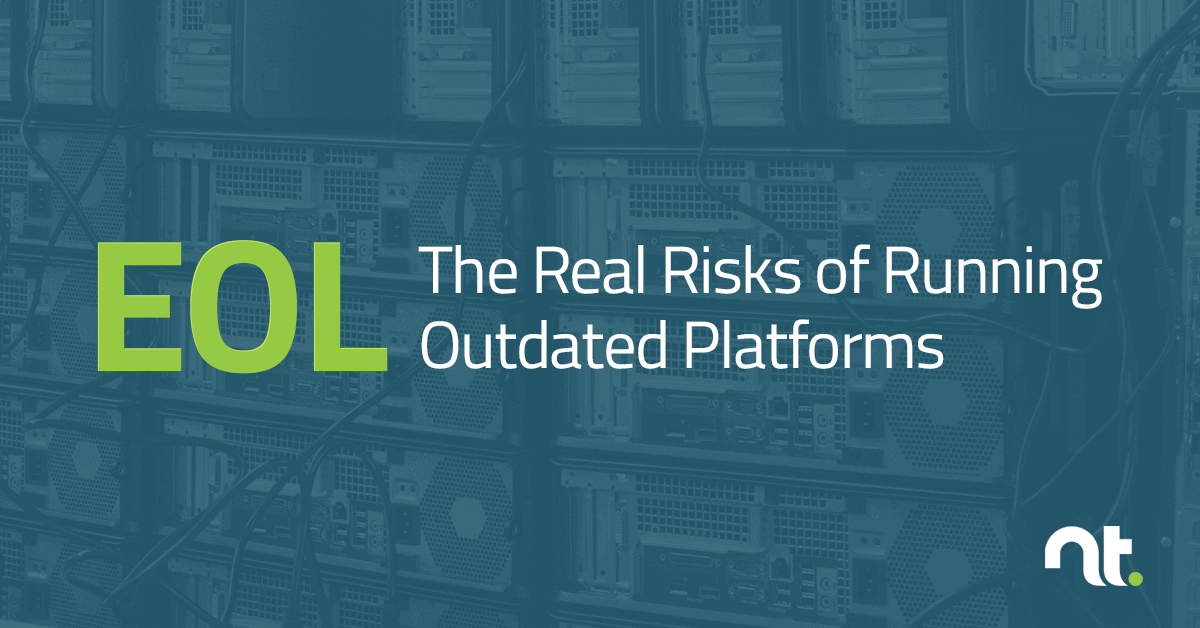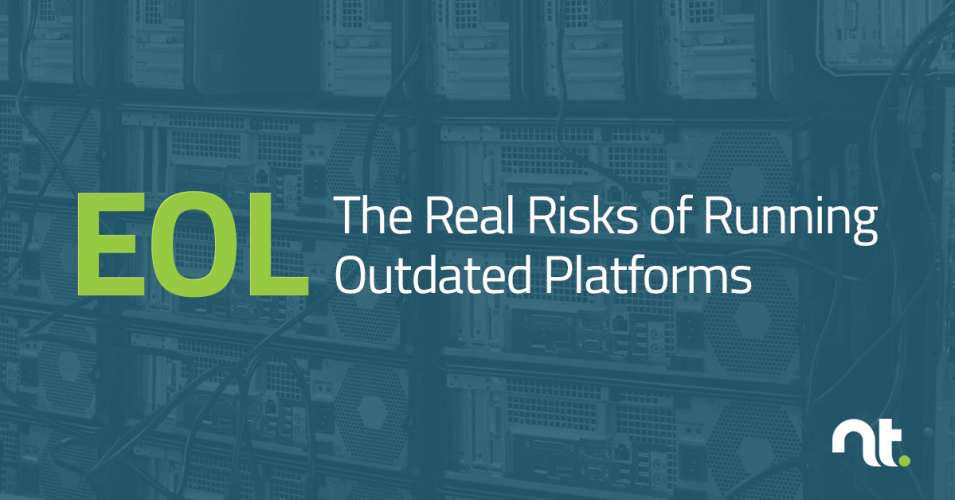READ TIME: 2 MIN
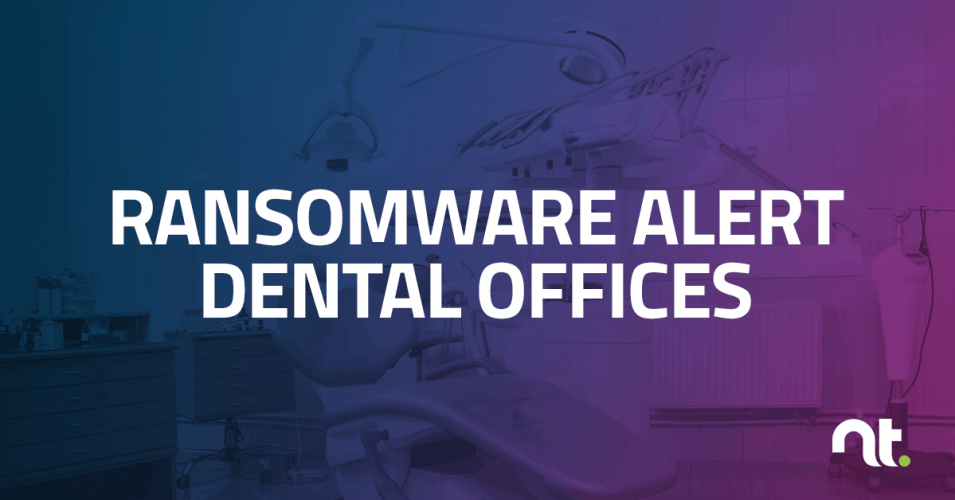
Dentists Nationwide Victimized by REvil Ransomware as Hackers Attack Cavity in DDS Safe
According to ZDNet, hundreds of dentists’ offices in the US were attacked by cyber criminals this past weekend. A ransomware gang targeted and compromised DDS Safe, a medical records retention and backup solution used by dental offices across the country.
Ransomware attacks cripple businesses by locking users out of computer files used to run your business. Implementing preventative measures can greatly reduce the risk of your organization becoming another ransomware statistic. Dentists returned to work on Monday to discover this breach after they were unable to access any patient information. Sources state that the Digital Dental Record and PerCSoft, the software companies behind DDS Safe, agreed to pay the ransom demand and have been helping companies impacted recover encrypted files.
To protect your practice and your patients’ privacy, contact NexusTek for a vulnerability assessment and guidance on effective preventative measures.
Fool me once, shame on you. Fool me twice, shame on me. Whether your practice was affected or not, failing to act signals to cyber attackers that your business is unprotected.
Trusted by thousands of businesses across the US and Canada, NexusTek is a top cyber security and outsourced IT services provider. NexusTek’s Cyber Security Risk Assessment analyzes each level of your system, response strategies, training strategies, business continuity strategies and more. We will identify holes in your technology and help implement an effective security and response strategy.
Contact NexusTek today.
NexusTek protects clients from this and other threats. Call 877-470-0401 to speak to one of our IT experts, or email info@nexustek.com.

